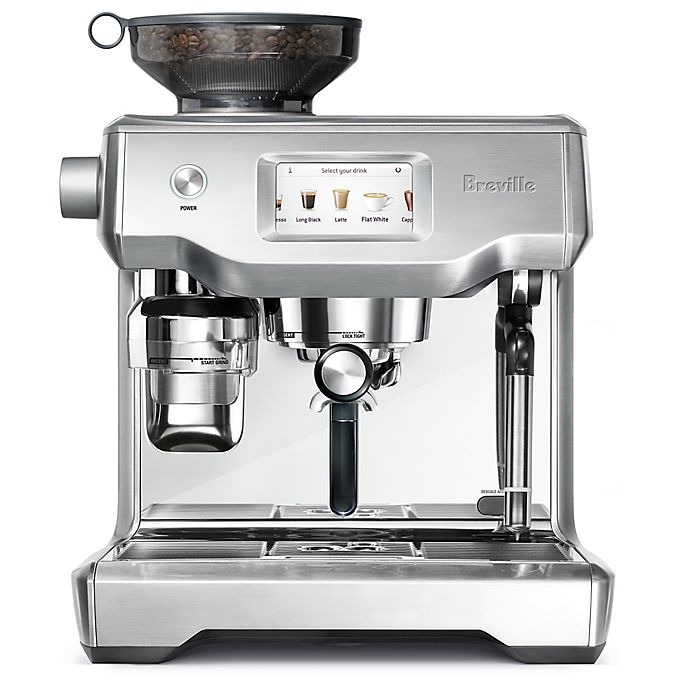CAROTE 14 Pieces Knife Set with Wooden Block Stainless Steel Knives Dishwasher Safe with Sharp Blade Ergonomic Handle Forged Triple Rivet-Pearl White
Each carefully crafted knife is essential, cover all your daily demand and optimizes space & time utilization. The kitchen knife block set includes 8″ chef knife, 8″ bread knife, 7″ santoku knife, 5″ utility knife, 3.5″paring knife, 6pcs 4.5″ steak knife, kitchen shears, sharpening steel, hardwood knife block.
CAROTE 14 Pieces Knife Set with Wooden Block Stainless Steel Knives Dishwasher Safe with Sharp Blade Ergonomic Handle Forged Triple Rivet-Pearl White
- EVERYDAY ESSENTIAL COLLECTION: Each carefully crafted knife is essential, cover all your daily demand and optimizes space & time utilization. The kitchen knife block set includes 8″ chef knife, 8″ bread knife, 7″ santoku knife, 5″ utility knife, 3.5″paring knife, 6pcs 4.5″ steak knife, kitchen shears, sharpening steel, hardwood knife block
- LONG-LASTING SHARP BLADE: Our knife set is constructed with high-carbon German stainless steel, ensuring long-lasting performance. The blade is razor-sharp that effortlessly glides through various ingredients allowing you to experience precision cutting like a professional chef. It’s also dishwasher safe, anti-rust and resistant to corrosion
- ERGONOMIC AND COMFORTABLE HANDLE: Designed with user comfort in mind, each knife is ergonomically comfortable. The handles provide a secure grip, reducing hand fatigue during prolonged use, allowing you to handle any task with confidence and enjoy an enjoyable cooking experience every day
- STYLISH DESIGN: The modern triple rivet design and wooden knife block not only adds a touch of elegance to your kitchen but also optimize space utilization. The block securely holds each knife, keeping them organized and easily accessible. Save precious countertop space without compromising on style. It’s a perfect gift choice for a housewarming and holiday
- SERVICE & GUARANTEE: Each CAROTE Chef knife set passes a strict multi-inspection process. In case you received defective items caused by delivery, please don’t hesitate to reach out to us. You will be guaranteed to get a 100% refund or a new replacement
Additional information
| Material | Stainless Steel |
|---|---|
| Assembled Product Dimensions (L x W x H) | 16.50 x 7.40 x 5.00 Inches |






Reviews
There are no reviews yet.